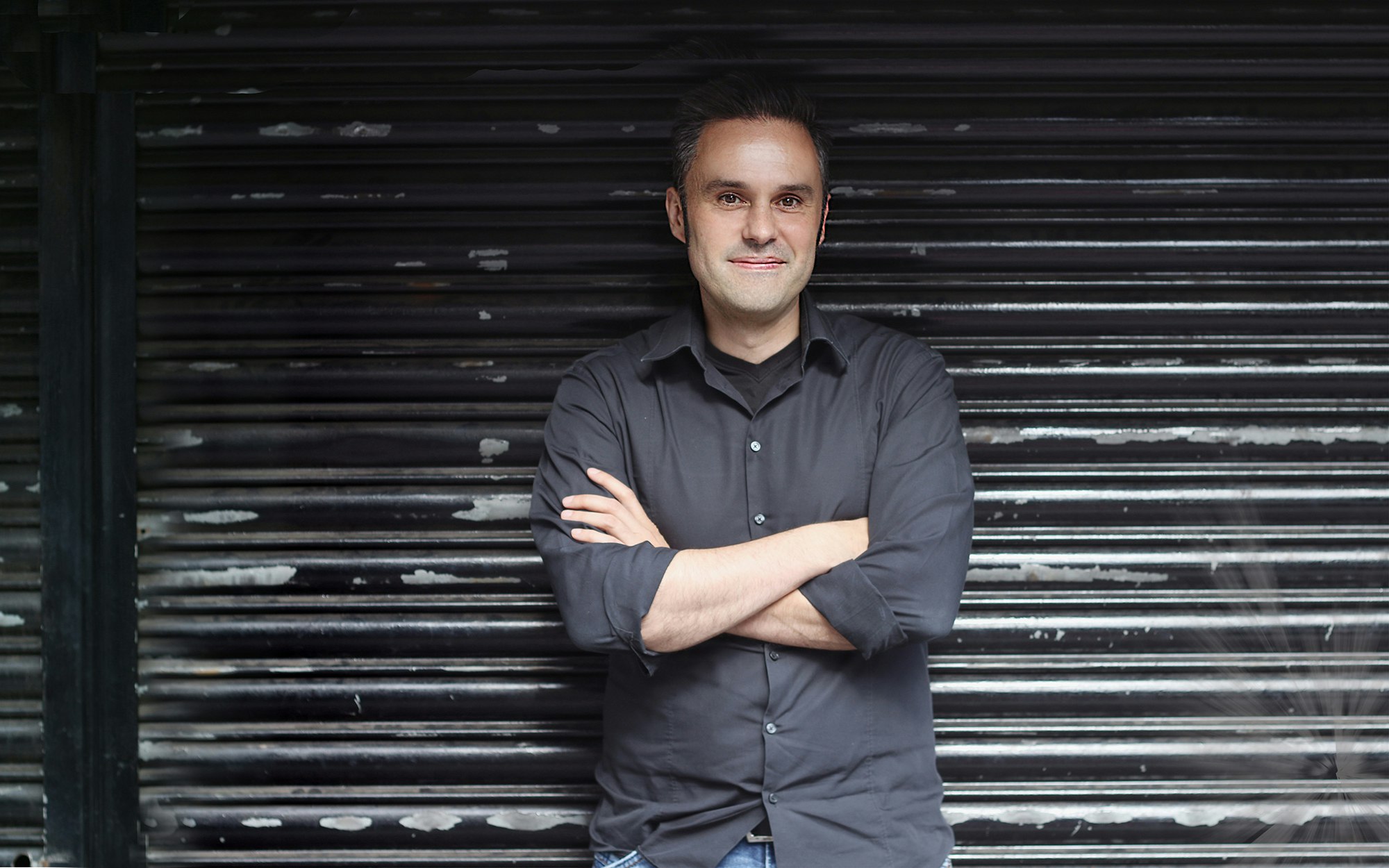Why do 73% of business transformation programmes end up creating zero value? One key reason is that companies don’t know how to spend money on innovation in the right way.
Most digital transformations fail because they are subject to the grinding delays of top-down decision-making.
Companies often feel that to innovate they need to “act like a startup”. But, in fact, what they need to do is act like venture capitalists.
Finance is both facilitator and blocker. Money is a rarely discussed but critical aspect of digital transformation, and investment and procurement have therefore been the last to catch up with the lean, agile style of working.
Few board members (and fewer chief financial officers) know how much digital transformation should cost or the speed or scale of return that can be expected — and so they find it impossible to make good timely decisions about investment.
The CFO’s dilemma
Put yourself in the shoes of the chief financial officer of an established corporation about to embark on a digital transformation programme.
The chief executive has made big promises to investment analysts: digital will make supply chain efficiencies, carve out new channels to market, enable product personalisation, greater customer retention and see off threats from fast-moving start-ups. But you, the chief financial officer, are going to have to pay for it all. How much should you spend to win the prize? In a profoundly uncertain situation (irrespective of Covid-19) and with no precedent or established business theory to act on, how do you weigh risk against return? How do you know what success should look like? Who do you turn to for advice?
But most digital transformations fail because they lack a clear focus on value and are subject to the grinding delays that are a feature of the top-down decision-making typical of a conventional investment process. Successful digital transformation depends on the kind of momentum that cuts across departmental budget silos and terrifies the procurement team.
Time and again, as practitioners, we find that the delays involved in setting and releasing a budget or selecting suppliers exceed what is required to define, execute and take to market a first phase digital strategy. We could so often have finished the work by the time we started. A particularly enlightened chief financial officer might ask: ‘What can I do to give this undertaking the greatest chance of success?’
The CTO doesn’t know the answer either
Sometimes the chief financial officer turns to the chief information officer or chief technology officer for advice. Digital is ‘technology’ isn’t it? Surely he or she should understand how to buy it?
Well, no actually, digital isn’t just about technology, it’s about the performance of people and process and product.
Digital isn’t just about technology, it’s about the performance of people and process and product.
Decisions about IT and systems infrastructure are profoundly different in character to those made about revenue generating products and services — the latter are focused on growth, not internal efficiencies or cost reductions.
Think about the assumptions that underlie typical IT decisions: cost matters, no revenue is generated; the key metric is delivery on time on budget rather than product performance or business impact; a third party will be responsible for delivery of configured software, bought off the shelf; there is a known solution, so everything will be specified up front with a competitive tender to secure the right supplier on the basis of price; this is a one off investment, we pay and walk away.
Can you imagine a startup operating like that? All of those assumptions defy the lean, agile approach to product development, which will take as its starting point an insight into an unmet customer need and a process of experiment around the ways to create and capture the value obtained from fulfilling that need in a sustainable way. There might be a big vision, but there’s no big design or big development up front. First, you test, replacing gut instinct with evidence.

How an agile investment process works
An agile investment process will start with an assessment of the expected returns and set aside a sufficient sum of money to realise those returns. We may have little early evidence that those returns are realistic, but that’s why we don’t commit the whole stake up front. This is a fund, not a budget, that is invested with greater confidence as we come to know more from the initial, smaller investments we make to test our hypotheses; and we set aside a substantial portion for continuous development needed once our product is up and running successfully.
This is a fund, not a budget.
While it’s not easy to forecast return at scale for products that are innovative and so by definition are of uncertain impact, the approach to product development should be designed to give confidence in consumer or customer take-up and the scale of set-up and running costs as well as revenue, retention, efficiencies, etc.
Prioritisation needs to involve active product or process testing rather than speculation; product strategy should emerge from experiments conducted at a reasonable scale, through intensive consumer insight gathering, prototyping and testing, then early release into the market, learning at every step.
The strategy sets targets for investment gateways and adjusts these as necessary as greater certainty is obtained. Instead of a lengthy momentum-sapping wait for highly speculative, gut-feel approvals by senior management, the release of new funds should be triggered automatically by meeting performance targets.
In short, corporate funding of digital transformation should look more like a venture capital fund, to be invested in a portfolio of product or service ideas that together form a coherent set of actions and investments conforming to a guiding strategic direction. The attitude to risk may be different and there should be a higher expectation of success than a typical VC fund might have, so long as the strategy is focused on exploiting the beneficial assets available within the existing business.
A portfolio of different-sized bets
A well-shaped product portfolio, therefore, consists of a number of small bets at early stage and medium and larger sized bets at later stages of maturity (and therefore different degrees of certainty about their prospects) and positioned across and along the value chain at points where there is significant potential to leverage unmet needs, build customer understanding or make process improvements. This means that where there is a good opportunity, you will have covered it off without betting or breaking the bank. A good product portfolio is served by an agile investment fund that can be rapidly redirected to areas where success is looking more likely, until there is sufficient information for the business to focus maximum resources on areas of proven return.
Success in finding those areas of proven return is rarely immediate. Breakthroughs happen only after a certain stage of maturity is reached, but when they do happen the impact is often sudden and huge and needs to be capitalised on through continuous investment in improvement. Money follows success, not cheap offers from lazy suppliers (please tell that to your procurement department).
A lean agile contract seeks outcomes rather than deliverables.
This is a very different approach to that followed in most established organisations. The culture persists of making big bets on the basis of no evidence. They rely instead on comprehensive specification as a fanciful means of mitigating risk, with the unintended consequence that suppliers are trapped into building the wrong thing.
This is why 73% of digital transformation programmes create zero business value; it’s because they start with a big, speculative, highly specific tender document over which suppliers compete to offer the lowest-cost solution. A lean agile contract is very different: it seeks outcomes rather than deliverables and rewards suppliers for their track record, skill, speed and flexibility.
Procurement must change the habits of a lifetime because successful digital transformation requires trusted and open partnerships. Conventionally, procurement is rewarded by cutting costs and, wherever services are not commodities, finds it virtually impossible to distinguish between different partners on a value for money / return on investment basis. This encourages poor quality, short-termism, distrust and, ultimately, relationship breakdown — the very opposite of partnership.
What we look forward to is an alternative future in which the corporation no longer thinks of digital as an exotic, one-off investment but as an intrinsic part of ‘business as usual’, subject to continuous change and improvement and a lean, agile portfolio approach to budgeting built around expected returns.
There are some lessons to learn before we get there.


